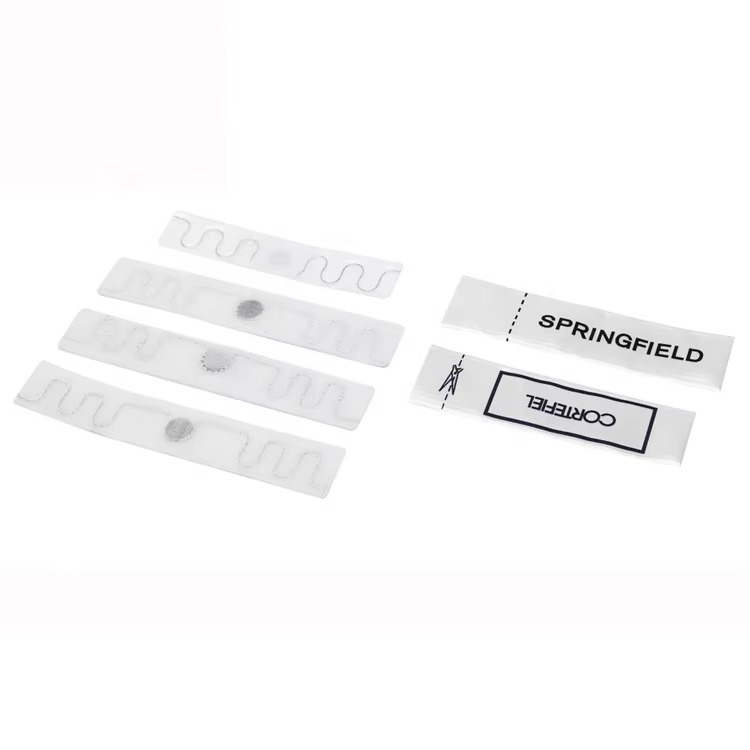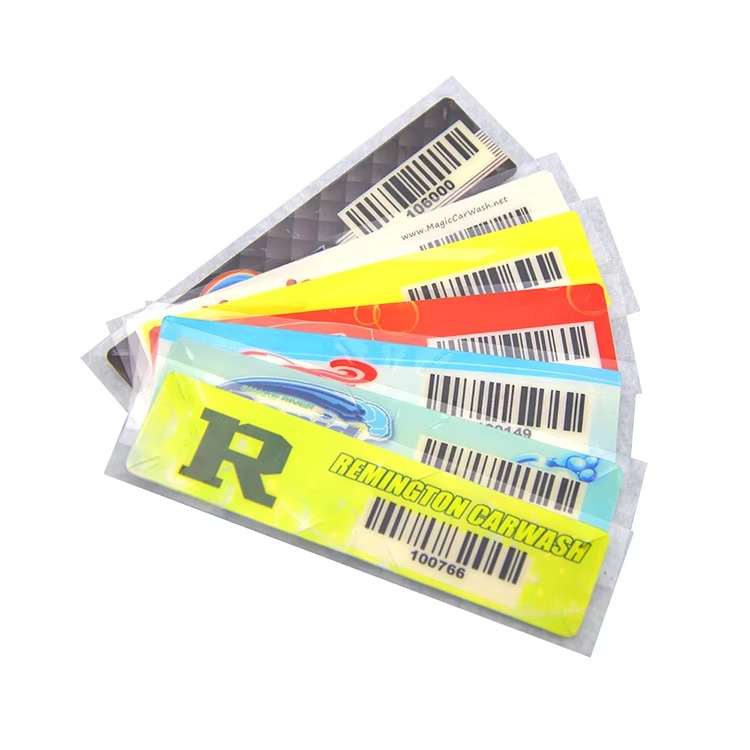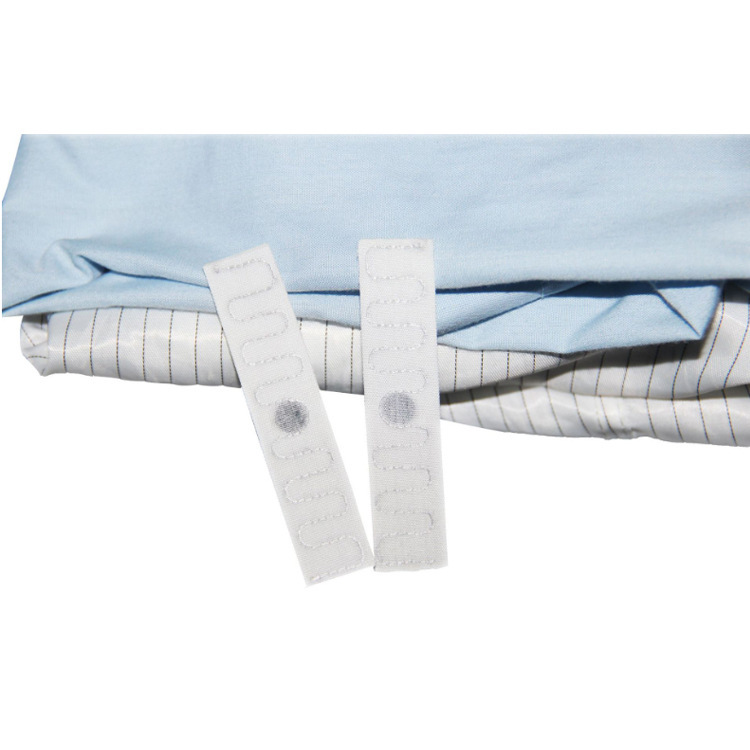
Innovative RFID Linen Tags: Enhanced Tracking for Textiles
RFID Linen Tags are advanced, robust, and flexible transponders designed from durable fabric, capable of withstanding heat, pressure, and stretching.
UHF RFID (Ultra High Frequency Radio Frequency Identification) vehicle windshield labels are essential tools in managing various vehicle environments and processes. These labels are widely utilized in systems such as electronic vehicle identifiers, automated toll collection on highways, hassle-free parking solutions, automated refueling systems, and seamless vehicle flow management. Additionally, they play a critical role in transportation regulation, vehicle compliance checks, insurance management, car rental operations, logistics, digital inventory control, retail management, fixed asset oversight, as well as anti-counterfeit measures and traceability.
Dimensions
This RFID label features dimensions of 110mm in length by 40mm in width with a thickness of 0.2mm. The terminology ‘ID’ and ‘OD’ denotes the inner and outer diameters of the round tag.
Material Composition
The face stock, or housing, is crafted from high-quality printable coated paper, ensuring optimal printability for branding and identification purposes.
Attachment Mechanism
Installation of the RFID label is facilitated through a strong adhesive backing, providing durable and lasting attachment to vehicle windshields.
Antenna Design
This label incorporates an aluminum antenna, specifically designed in a microstrip flat style, enhancing its performance in both range and reliability.
Backing Liner
The backing liner consists of PET with a single silicon layer and a transparent PET film, allowing for a smooth application process and effective moisture barrier.
Security Features
The label is specifically designed to be tamper-proof, ensuring the security and integrity of the information stored within.
Packaging Format
These RFID labels are conveniently supplied in rolls containing 1,000 to 3,000 pieces per roll, making them easy to handle and distribute.
RFID Specifications
Chip Model
The vehicle RFID windshield label utilizes the M4QT chip model, which is famed for its reliability and efficiency in storing necessary data.
Communication Protocol
It operates using the ISO18000-6C GEN2 protocol, ensuring compatibility and interoperability with various RFID systems.
Operating Frequency
Designed to operate within the frequency range of 860 to 960 MHz, this label is optimized for long-range reading capabilities, making it ideal for transportation use.
Memory Capacities
The RFID chip is equipped with various memory types:
Surface Compatibility
The RFID label is designed specifically for application on air-tight surfaces, primarily glass, ensuring that it adheres effectively without compromising functionality.
Enhanced Environmental Resistance:
These labels are designed to withstand diverse environmental conditions, ranging from extreme temperatures of -35°C to 85°C, ensuring they function effectively regardless of the external climate.
Extended Data Integrity:
The embedded EEPROM (Electrically Erasable Programmable Read-Only Memory) offers data retention of up to 10 years, assuring that the information remains accurate and accessible over time.
Robust Electrostatic Discharge (ESD) Protection:
With an ESD limited voltage specification of 2KV, these labels are engineered to prevent damage from static electricity, thus reinforcing their durability and reliability in various applications.
UHF RFID vehicle windshield labels represent a versatile and innovative solution for modern vehicle management systems. Their advanced specifications, integration of secure chip technology, and adaptability across numerous applications make them indispensable in sectors ranging from transportation to logistics and asset management. As industries continue to evolve, the deployment of these labels will undoubtedly enhance operational efficiency and compliance in vehicle-related processes.
Newest trends and common knowledge in RFID laundry tags.

RFID Linen Tags are advanced, robust, and flexible transponders designed from durable fabric, capable of withstanding heat, pressure, and stretching.

A durable, waterproof NFC coin tag with an NTAG213 chip, ideal for secure product identification and object monitoring, usable on metal surfaces.

Revolutionize your laundry business with RFID laundry tracking! Monitor linens and uniforms seamlessly for increased efficiency and customer satisfaction.
Didn’t find what you want? Ask our manager for help!